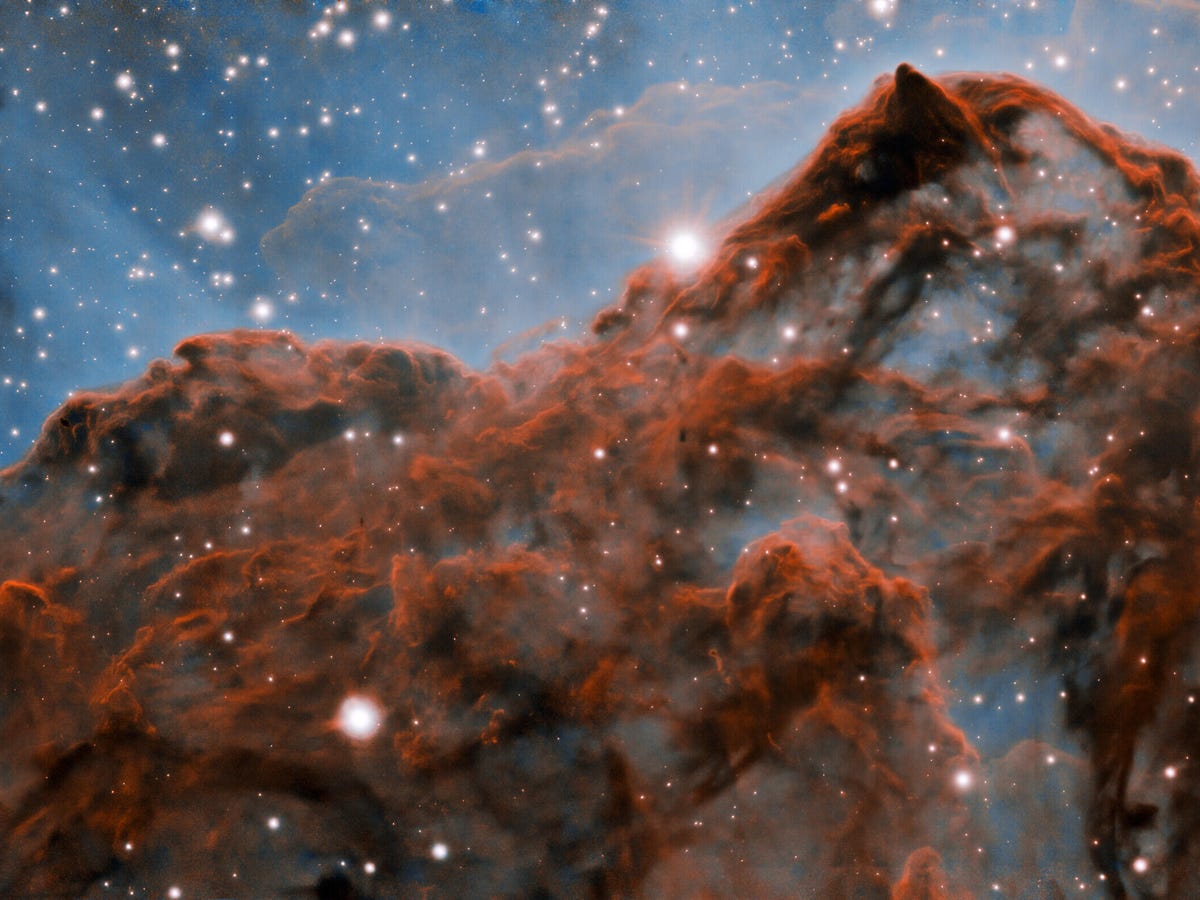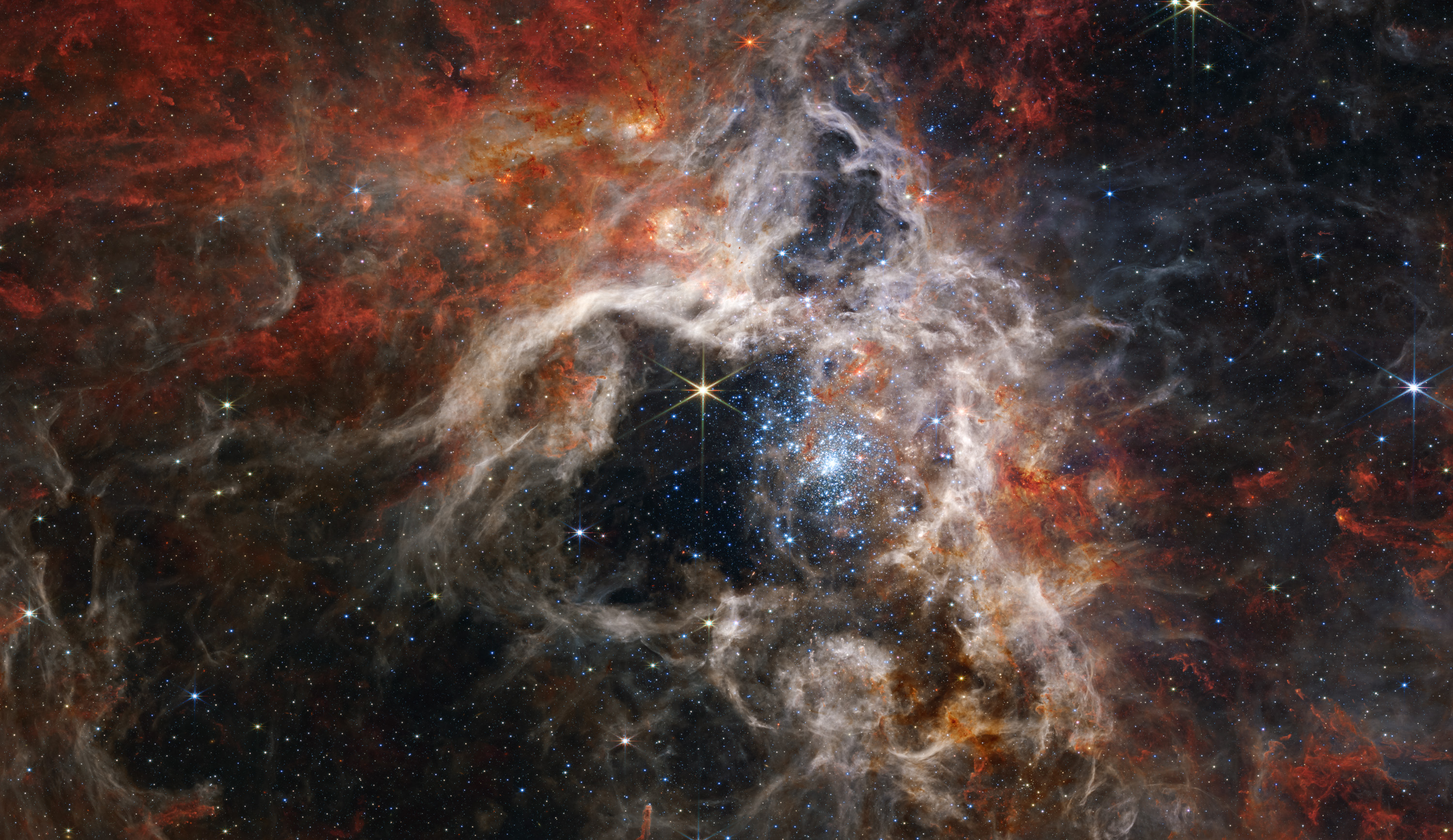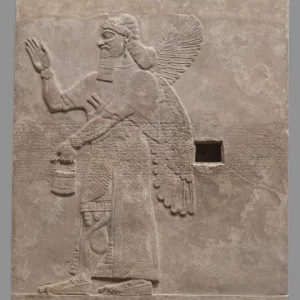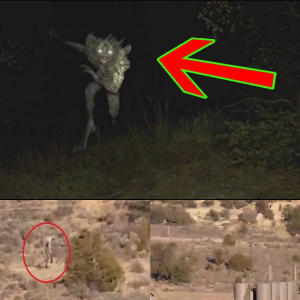
The James Webb Space Telescope (JWST) has been the talk of the town among astronomers for years. It’s finally here, and the images it has captured are worth the wait. The telescope’s Early Release Science program has given us a glimpse into the heart of the Orion Nebula, one of the closest star-forming regions visible to the naked eye, and the results are stunning.

The new James Webb images of the Orion Nebula are the sharpest we have seen yet, overflowing with details compared to the Hubble images of the same. One can see numerous spectacular structures, down to the scale of 40 astronomical units, or the size of our solar system. The images were obtained by the NIRCam instrument, which works in the infrared wavelength ranging from 0.8 to 5 microns. The process of star formation is complex, and there are many things we don’t know about it so far.
The longer wavelengths of infrared light, the range through which James Webb views the Universe, can penetrate dust, giving us a view into regions that are impossible to see in shorter wavelengths, such as the visible spectrum. And because of that, astronomers working on stellar astrophysics were quite excited about studying star formation using Webb data.

These new observations allow us to understand better how massive stars transform the gas and dust clouds in which they are born. Massive young stars emit large quantities of ultraviolet radiation directly into the native cloud that still surrounds them, which changes the physical shape of the cloud and its chemical makeup. The new image focuses on a structure called the Orion Bar, running diagonally from the top left to the bottom right. Light from a cluster of young, hot stars called the Trapezium cluster illuminates the scene from the top right corner. This harsh, ionizing ultraviolet light is slowly eroding the bar away. When wind or radiation from a stellar object pushes material away, it reduces star formation. In addition, complex shapes and structures are produced in molecular clouds. These include filaments and cavities, which have been captured in the new Webb image.

Dense filaments can be clearly seen in the Webb image. These filamentary structures may promote a new generation of stars in the deeper regions of the cloud of dust and gas. Besides that, stellar systems already in formation are also a part of the image. Here’s a comparison of the new image with the one taken by Webb’s predecessor, the Spitzer Space Telescope. Just like Webb, Spitzer was an infrared space telescope. It’s evident that the new pictures are sharper and a significant improvement over the Spitzer images.

Just months into unfolding the Universe, Webb is already doing wonders. Recently, the telescope captured its first direct images of an exoplanet. They show the exoplanet HIP 6426 b in different wavelengths of infrared light. The small white star in each image marks the location of the planet, and one can easily separate the planet from the star. The planet is approximately 12 times the mass of Jupiter and is only 15-20 million years old. Besides studying stars and planets in our galaxy, Webb is doing exceptionally well in extragalactic astronomy. Within its first few weeks of observations, the infrared telescope discovered several high-redshift galaxy candidates that no other telescope could.

In conclusion, the James Webb Space Telescope is an incredible scientific achievement that promises to reveal countless new wonders of the Universe. Its images of the Orion Nebula are just the beginning of the discoveries that await us. With the ability to see through dust and study star formation in unprecedented detail, Webb has the potential to revolutionize our understanding of the cosmos.





